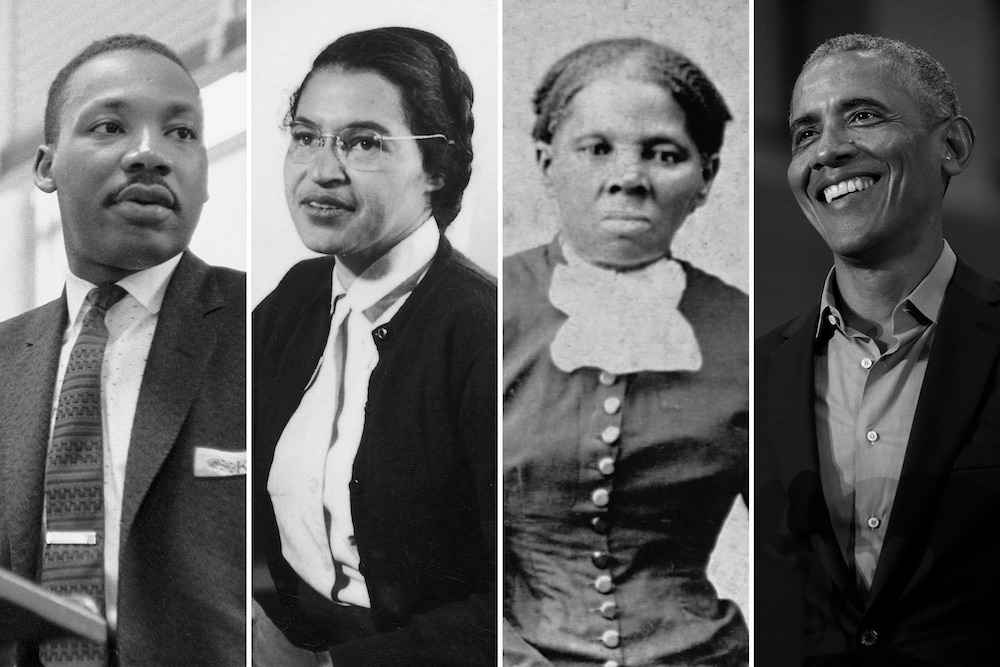When learning about financial growth, one of the main topics is the importance of knowing how to open a checking account. For several reasons, a lot of people reach their financial independence and never look into creating an account for themselves.
However, this can cause a lot of unwanted problems and headaches that could be dodged easily. That’s why OneBlinc prepared a full article on how to open a checking account, with everything you need to know about the process. Keep reading to learn more!
Why is a checking account important?
According to the FDIC, around 7.1 million American households don’t have a bank account. There are some issues linked to that number, that vary from disbelief in the banking system to simply not knowing a way of creating an account.
That’s why, along with many other financial institutions, the FDIC joined the #GetBanked campaign, which aims to make people understand how important it is to have their own bank account. All in all, the federal institution listed the top 10 reasons for opening an account in the USA:
- financial safety;
- protection against fraud;
- no check-cashing fees;
- making online purchases;
- access to other bank services and products;
- easier money transfer;
- payment proofs;
- financial management;
- creating useful alerts;
- electronic bill-pay services.
You can check further details about the list on the document posted on the institution’s website. It shows just how much you can do by having a checking account, besides helping to find a suitable bank for you.
Opening a checking account step-by-step
If you’re interested in opening an account for the first time or learning new ways to do it, you might want to be wary of some things. We prepared a step-by-step guide with everything you need to know, along with some tips for opening a bank account.
1. Do some research
First, you need to find the best available for what you need. Remember that some banks don’t offer only a checking account, so, if you’re looking exclusively for that type of service, start by filtering that. Always check if the bank is insured by the FDIC. If not, it is highly recommended that you look for one that is.
Then, look into the banks’ services, fees, reviews, and everything. Before making a decision, weigh all your options. Even after you’ve made it, keep some backup options, since they might come in handy if anything happens.
2. Gather your documents
After choosing your preferred bank, it’s time to gather what you need to open a checking account. This includes IDs, proofs, reports, and any other types of documents the bank requires. Always make sure you check what documents are needed on the bank’s website or their customer service.
Nowadays, most banks allow their customers to open a checking account online and upload their information, with some extra steps to ensure the safety of the whole process. If you prefer, you can still open the account by going to one of the bank’s physical locations.
3. Read the contract thoroughly
Every time you open a bank account, they’ll hand you a contract. There, you’ll find all the information about what exactly you’re expected to offer the bank and vice-versa. Check everything. If you have any doubt about one of the contractual terms, discuss it with the bank.
Never sign something that you don’t understand fully. If you’re in agreement with all the terms, you can sign the contract and have an account. If the contract doesn’t suit you, find better options.
Managing a checking account
Now that you know how to open a checking account, it’s important to learn how to manage it properly. First, most banks require a deposit for you to be able to open an account, so be wary of the fact that you might want to save up a certain amount for that.
Some accounts also request monthly maintenance, which is a sort of fee debited from your account to keep it running. That’s why it’s so important to learn all about the terms and conditions before signing up for a checking account (or any type of bank account, for that matter).
All checking accounts provide you with a debit card linked to your balance. If you go over that balance, you might go into overdraft. If you have more than one account or any other type of account, you might want to keep your “usable” money in the checking account and your savings and/or emergency money in a separate account.
OneBlinc has the best checking account options for you!
At OneBlinc, we do the most for you to be able to use your money the best way there is. Now, you can create a checking account with us, with some of the best conditions there are. Learn more and join us!

About us
Unexpected things happen more often than we would like them to. That’s why OneBlinc is here to help, whether you have an emergency or just need that extra cash to go through the end of the month. We believe in people, and we understand that everyone might need money someday, somehow.





